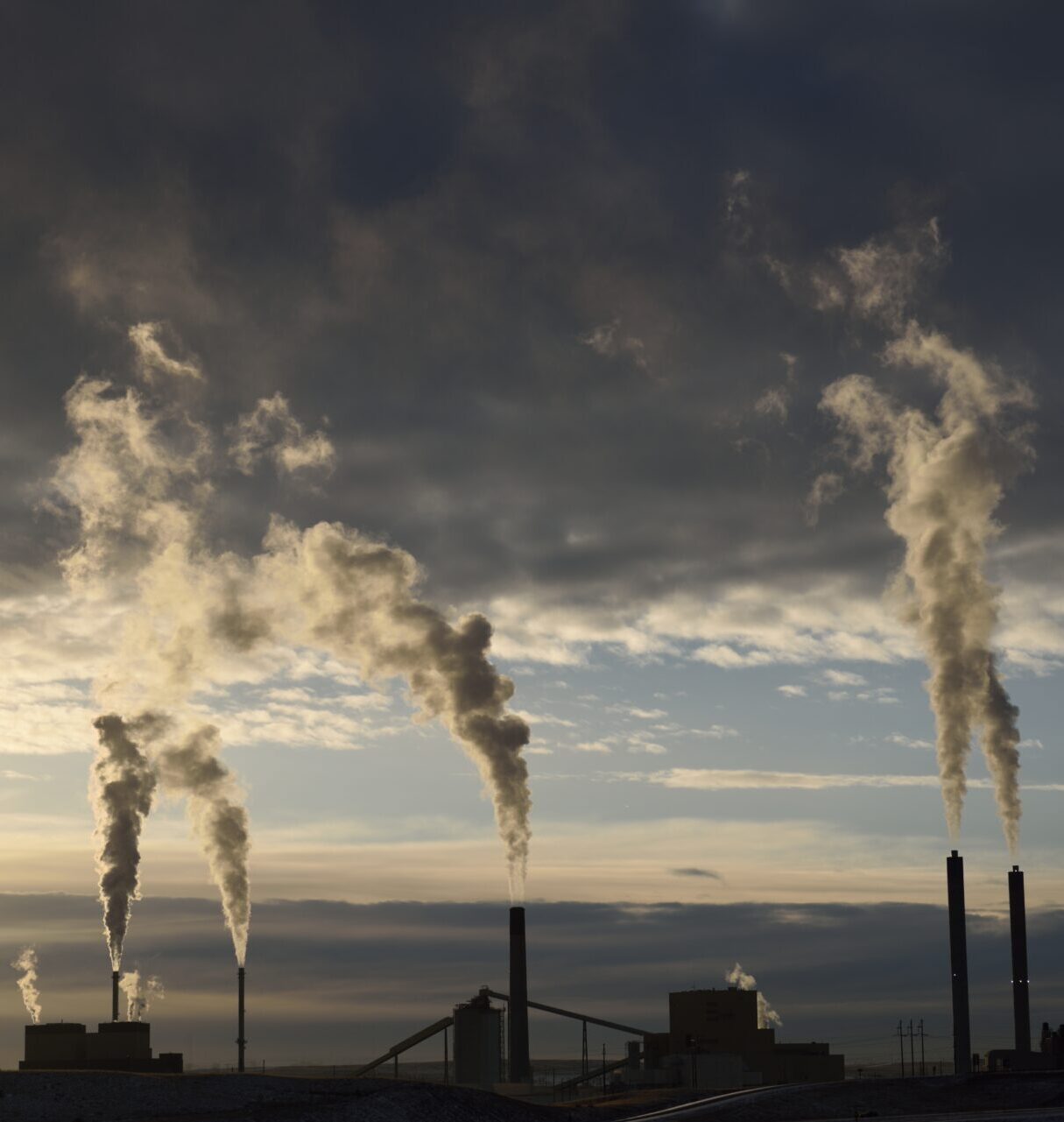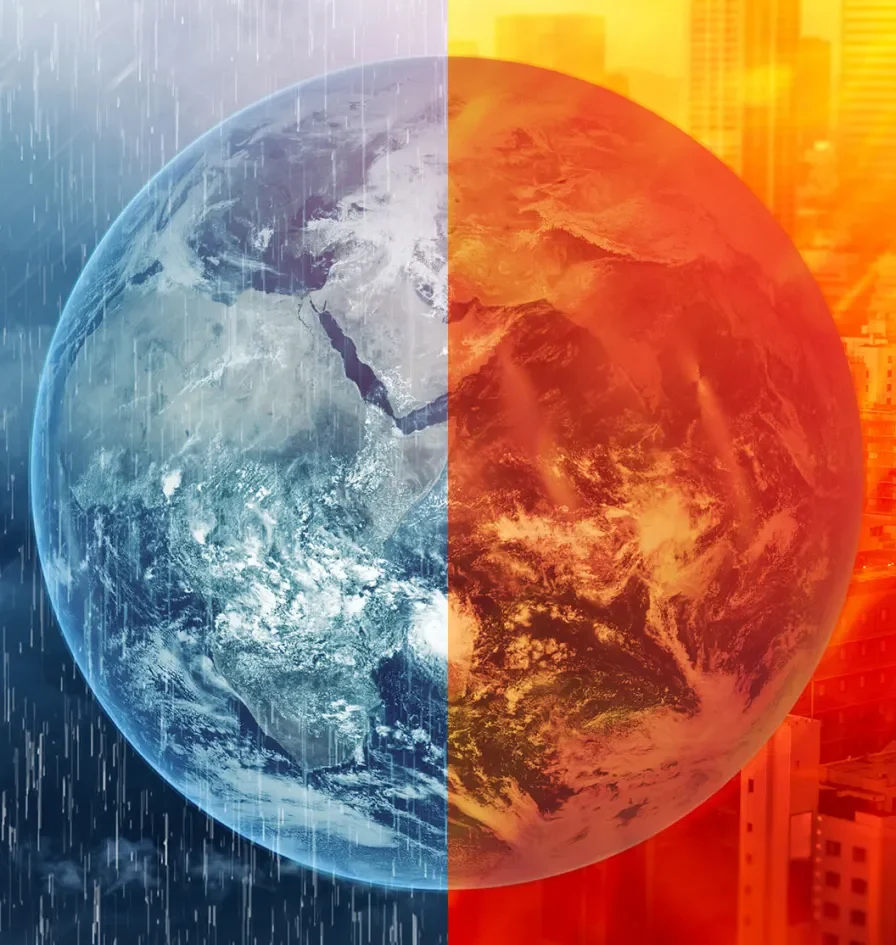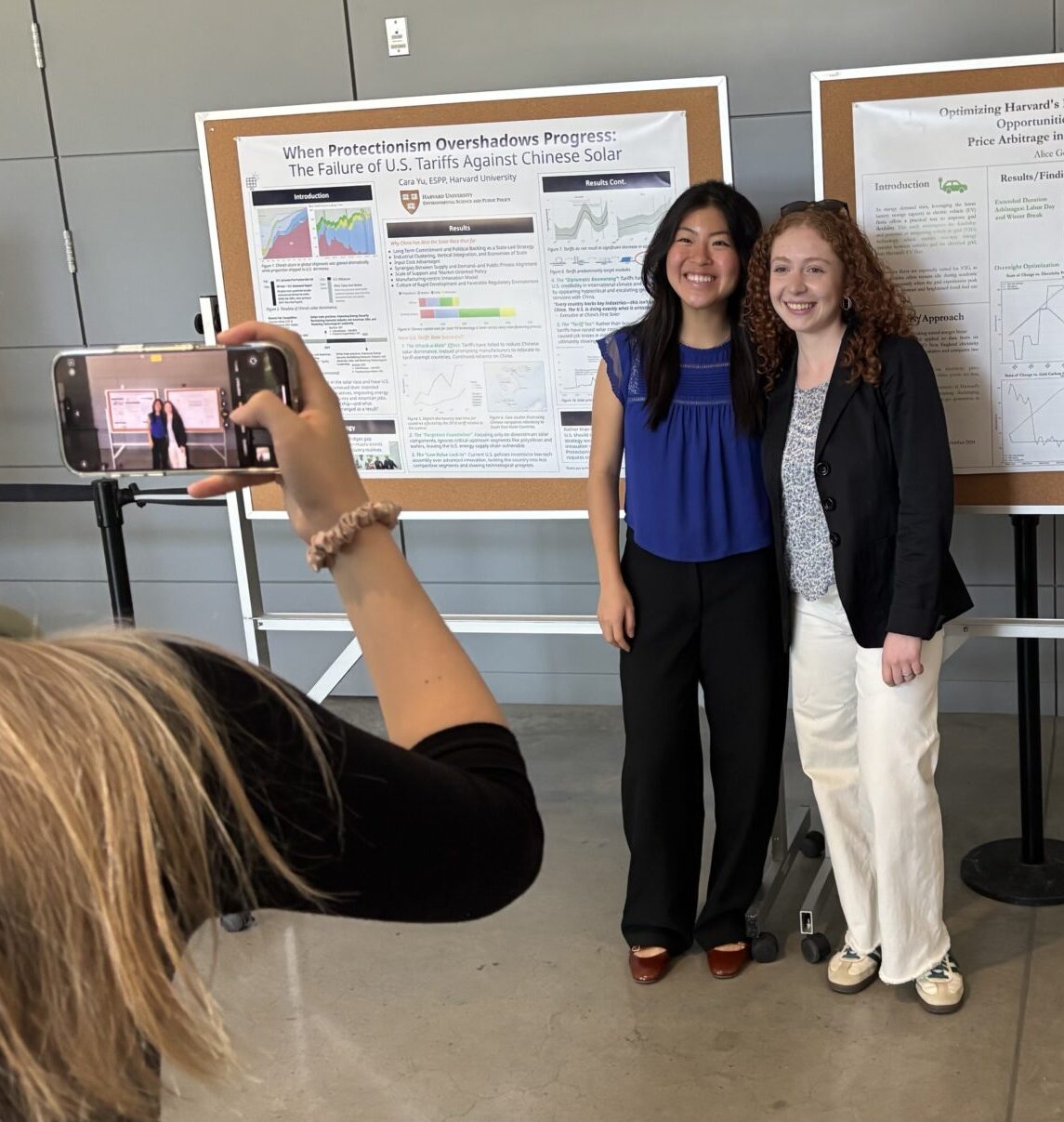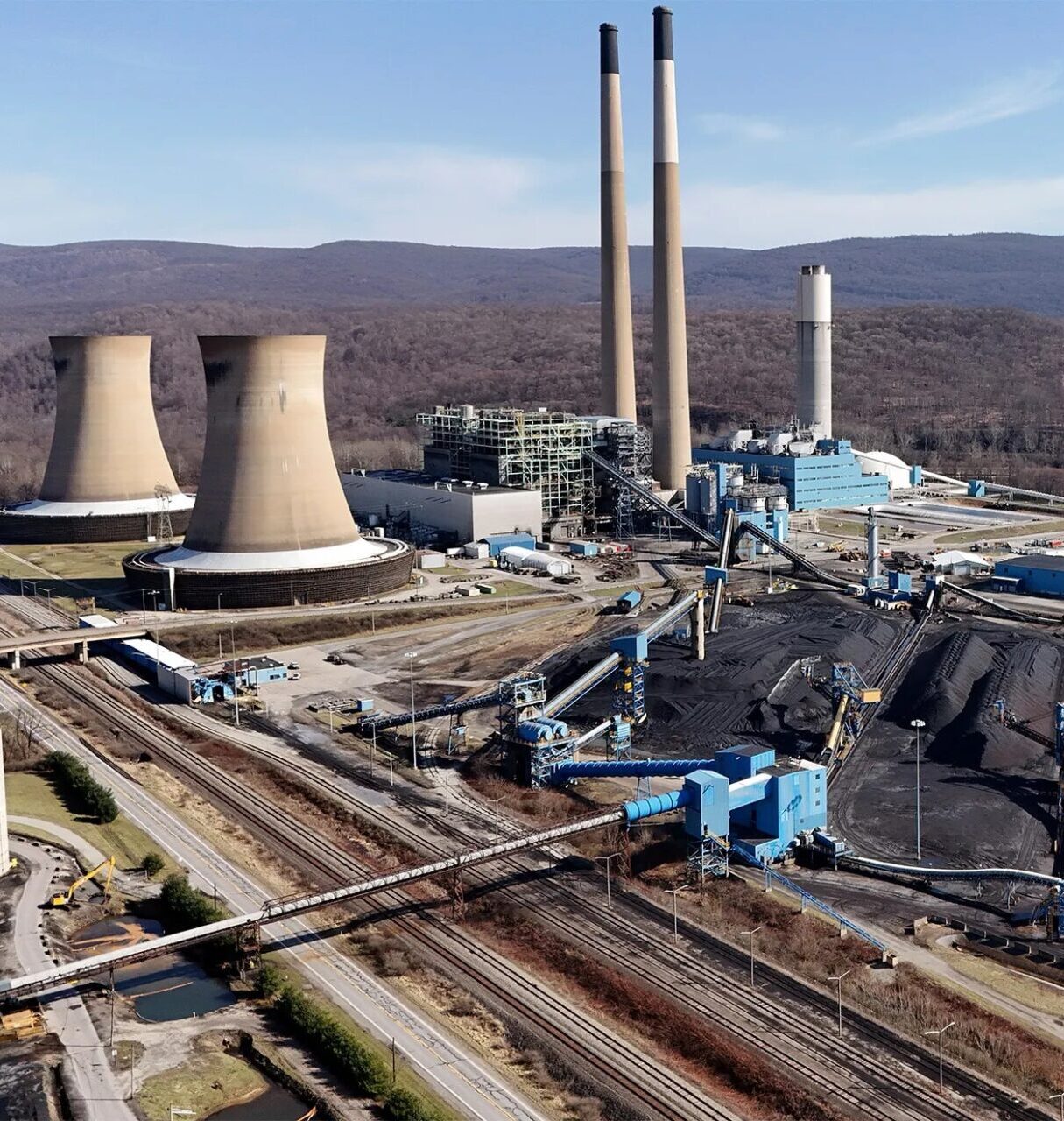How Brazil’s “China cows” lower methane emissions
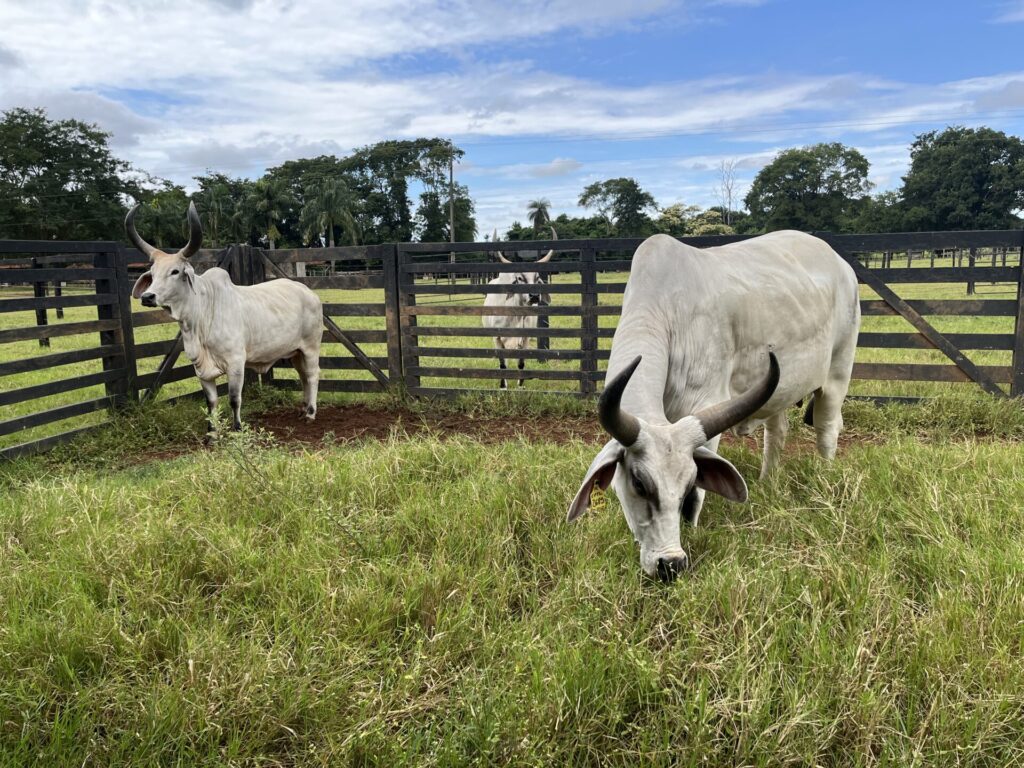
When Brazil moved its capital from Rio de Janeiro to the planned city of Brasília in the 1950s to encourage growth in the country’s vast interior, cattle ranching led the way. Since then, Brazil has become the world’s second-largest producer of beef (just after the United States), its third-largest consumer, and number-one exporter.
Grazing all these animals is now a notable climate threat.
In Brazil’s Amazon forest the pastured area increased from 13.7 million hectares in 1985 to 57.7 million hectares by 2022. When the trees were cut and burned, over 31 billion tons of CO2 was released into the atmosphere. But the animals also bring a climate threat from methane, a potent heat-trapping gas belched out from their extra stomach, their rumen. Brazil is now the source of 21% of all methane emissions from beef around the world, up from 12% in 1980.
These methane emissions can partly be traced to Brazil’s large appetite for beef, but, as I found during a visit to Brazil’s cattle country last month, equally important is the low efficiency of its livestock production system.
Brazilian cattle gain weight relatively slowly because they depend heavily on feed from thin and degraded pastures that provide little nutrition in the dry season. During the increased time the animals spend reaching a market weight, they belch out more than three times as much methane for every pound of meat they produce, compared to beef cattle in the United States.
I timed my visit to coincide with a United Nations Environment Program (UNEP) conference in Brasília on “Climate and Clean Air,” an event that focused on short-lived but highly potent greenhouse gasses other than CO2, collectively known as super-pollutants. Methane has a global warming potential 28 times as great as CO2, for example.
There I met with Dr. Bruno Brasil, a microbiologist previously at Brazil’s highly regarded agricultural research organization, Embrapa. He is now director of the Sustainable Production Department in Brazil’s Ministry of Agriculture and Livestock, and a principal author and spokesperson for Brazil’s national policy to reduce methane emissions from its livestock sector, known as the “ABC+” plan (ABC is an abbreviation for “low carbon agriculture” in Portuguese).
A central feature of the ABC+ plan is the extension of loans and technical assistance to beef producers to help them restore degraded pastures. This increases productivity, which benefits producers. But faster weight gain for the animals also reduces methane emissions per pound of meat.
I learned that one motive behind this effort derives from Brazil’s growing volume of beef exports to China, which refuses to import Brazilian beef from cattle older than 30 months – as a precautionary measure to avoid transmission of a dangerous “mad cow” prion disease. Ranchers in Brazil know this and refer to their commercially valuable younger animals as China cows (“vaca China”).
On an excursion to a large research farm in the rolling savanna countryside ninety minutes by bus outside Brasília, I learned more about the ABC+ plan. There, the farm owner and collaborating scientists from Embrapa described how they were restoring degraded pastures by planting improved forages and harvesting supplementary feeds, for when the grass turns brown in the dry season. They also plant fast-growing trees to give the animals shade (and to sequester carbon).
In combination, these measures can help beef cattle reach a market weight 12 months sooner – so they can qualify as China cows. Methane abatement is not the primary goal, but it becomes a collateral benefit. Embrapa researchers claim the animals on these improved pastures belch out 48 percent less methane for every pound of meat.
This is a win for the climate, but it still leaves them emitting 60% more methane per pound of meat than U.S. beef cattle. To close this gap, Brazil will need to introduce high-energy compound feeds (which are difficult to deliver to pastured animals), and more productive cattle breeds (not well suited to tropical settings). In other words, problem not yet solved.
For more information, visit the Harvard Initiative on Reducing Global Methane Emissions.
All perspectives expressed in the Harvard Climate Blog are those of the authors and not of Harvard University or the Salata Institute for Climate and Sustainability. Any errors are the authors’ own. The Harvard Climate Blog is edited by an interdisciplinary team of Harvard faculty.

